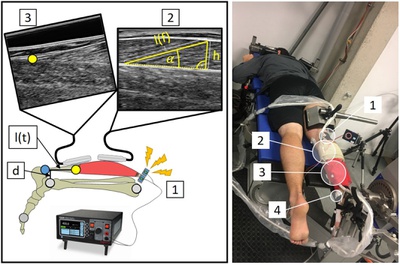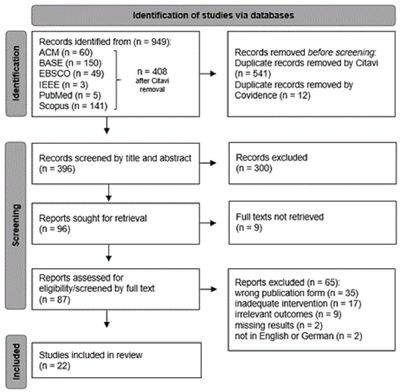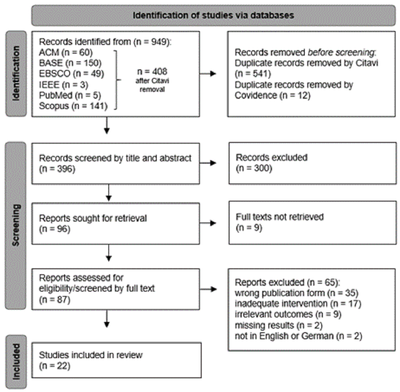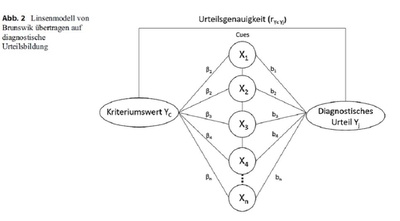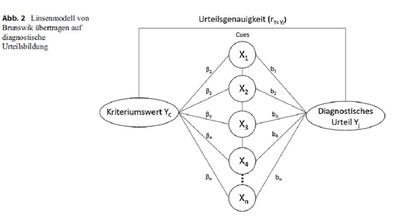
Diagnostic Accuracy of Single-Lead Electrocardiograms Using the Kardia Mobile App and the Apple Watch 4: Validation Study
28 November 2023
Abstract
Background:To date, the 12-lead electrocardiogram (ECG) is the gold standard for cardiological diagnosis in clinical settings. With the advancements in technology, a growing number of smartphone apps and gadgets for recording, visualizing, and evaluating physical performance as well as health data is available. Although this new smart technology is innovative and time- and cost-efficient, less is known about its diagnostic accuracy and reliability.
Objective:This study aimed to examine the agreement between the mobile single-lead ECG measurements of the Kardia Mobile App and the Apple Watch 4 compared to the 12-lead gold standard ECG in healthy adults under laboratory conditions. Furthermore, it assessed whether the measurement error of the devices increases with an increasing heart rate.
Methods:This study was designed as a prospective quasi-experimental 1-sample measurement, in which no randomization of the sampling was carried out. In total, ECGs at rest from 81 participants (average age 24.89, SD 8.58 years; n=58, 72% male) were recorded and statistically analyzed. Bland-Altman plots were created to graphically illustrate measurement differences. To analyze the agreement between the single-lead ECGs and the 12-lead ECG, Pearson correlation coefficient (r) and Lin concordance correlation coefficient (CCCLin) were calculated.
Results:The results showed a higher agreement for the Apple Watch (mean deviation QT: 6.85%; QT interval corrected for heart rate using Fridericia formula [QTcF]: 7.43%) than Kardia Mobile (mean deviation QT: 9.53%; QTcF: 9.78%) even if both tend to underestimate QT and QTcF intervals. For Kardia Mobile, the QT and QTcF intervals correlated significantly with the gold standard (rQT=0.857 and rQTcF=0.727; P<.001). CCCLin corresponded to an almost complete heuristic agreement for the QT interval (0.835), whereas the QTcF interval was in the range of strong agreement (0.682). Further, for the Apple Watch, Pearson correlations were highly significant and in the range of a large effect (rQT=0.793 and rQTcF=0.649; P<.001). CCCLin corresponded to a strong heuristic agreement for both the QT (0.779) and QTcF (0.615) intervals. A small negative correlation between the measurement error and increasing heart rate could be found of each the devices and the reference.
Conclusions:Smart technology seems to be a promising and reliable approach for nonclinical health monitoring. Further research is needed to broaden the evidence regarding its validity and usability in different target groups.
JMIR Cardio 2023;7:e50701
doi:10.2196/50701
